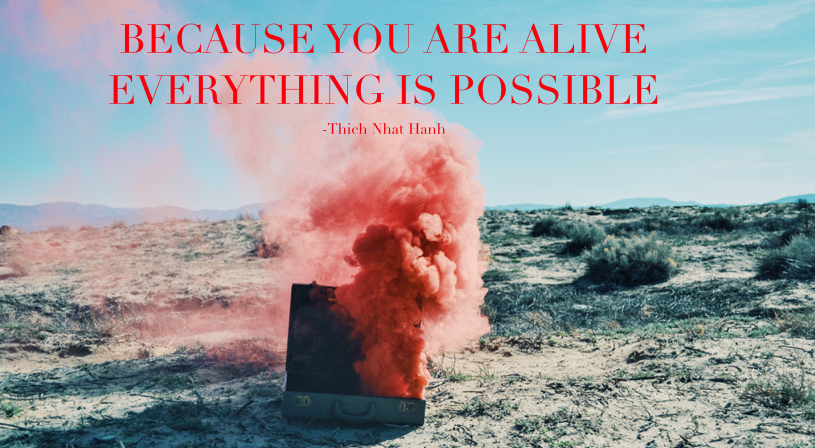By Sarah-Marie Hoduski, Kansas City, Mo.
“Because you are alive everything is possible.”
–Thich Nhat Hanh
What do Vincent Van Gogh, Oscar Wilde, and Franz Schubert all have in common?
They died either in obscurity or wretched poverty and only after their passing were fully recognized for the ingenuity of their craft. They embody the Posthumous Effect: the idea that an artist’s expression transcends their lifetime, bearing weight and significance long beyond their years. These artists’ retrospective legacies demonstrates the concept that even Death, may be defeated by a well-lived life.
Very few artists demonstrate the Posthumous Effect more clearly than Van Gogh; astonishingly, he only sold one painting in his lifetime— and it was to a friend as a favor. Furthermore, he suffered from severe paranoia and his madness is well documented: he famously gifted a severed portion of his own ear to a young friend of his. His most important work, Starry Night, was done from an asylum, and, ultimately he killed himself in his late thirties. (1)
Nonetheless, Van Gogh, Wilde, and Schubert are among the most celebrated artists in their fields. They are the standard bearers of humanity’s potential for excellence.
It is a remarkable realization that each possessed the capacity for great art from the moment of conception; their instinctive genius was already inlaid. This infinite potential from fragile beginning is true of all of us: from that first moment, our eye color, intelligence, even the sound of our laughter are present in our personhood.
Nevertheless, daily, precious lives with endless unrealized capability are lost: almost a million lives are discarded through abortion every year. (2) They are determined to be worthless before they have had the opportunity to live; they are deemed cheap, and burdensome to mothers who would benefit from discarding them. They are called economic depressors and are touted as better off for having been euthanized. What entitles a statistician, economist, or journalist to label someone else’s child a burden?
If these artists, having had the opportunity to live and invest, could die without knowing the extent of the impact they had, how does American Society presume it can dictate the capacity of those who are never given the chance?
Three things emerge from these derelict artists lives that can serve to enliven hope. First, a conviction of the unborn’s potential for good. Their capacity for excellence and their dormant predilections are an abeyant wonder.
Second, there is an awesome potential for the lives of the unborn to benefit those they encounter throughout their lives, including their mothers. Far be it for us to claim the right to deny these unborn souls the wonders of the world: nights under fireworks, dancing at weddings, the raw joys of self-conquest, courage and contentment. Friends, may we utilize our own lives to pave the way for what is lovely and worthy. May the potential of posterity not be regarded cheaply.
Finally, we learn from these artists that we each have the potential for the Posthumous Effect. In defending the weak, we learn that we may live a life that defeats death.
The true beauty of the Posthumous Effect is that our lives may be far more impactful than we ever lived to know. In obscurity, we take up the banner of the unborn, of those that cannot fight for themselves; we help them to realize their life’s possibility so that we may rest peacefully having realized OUR potential for good.
Be someone that others will look back on as having made a meaningful difference. Defeat the impending deaths of the unborn and, in so doing, achieve an existence that transcends your passing.
Today, fight for future artists, composers, and writers; for the future doctors and storytellers; for those who will uniquely embody beauty and kindness. Endeavor to transform society for the Everyman that quietly gifts humanity with their inherent worth and staggering potential to live lives worth remembering: let us fight for their right to be.
(1) https://www.biography.com/news/vincent-van-gogh-biography-facts
(2) http://abort73.com/abortion_facts/us_abortion_statistics/

